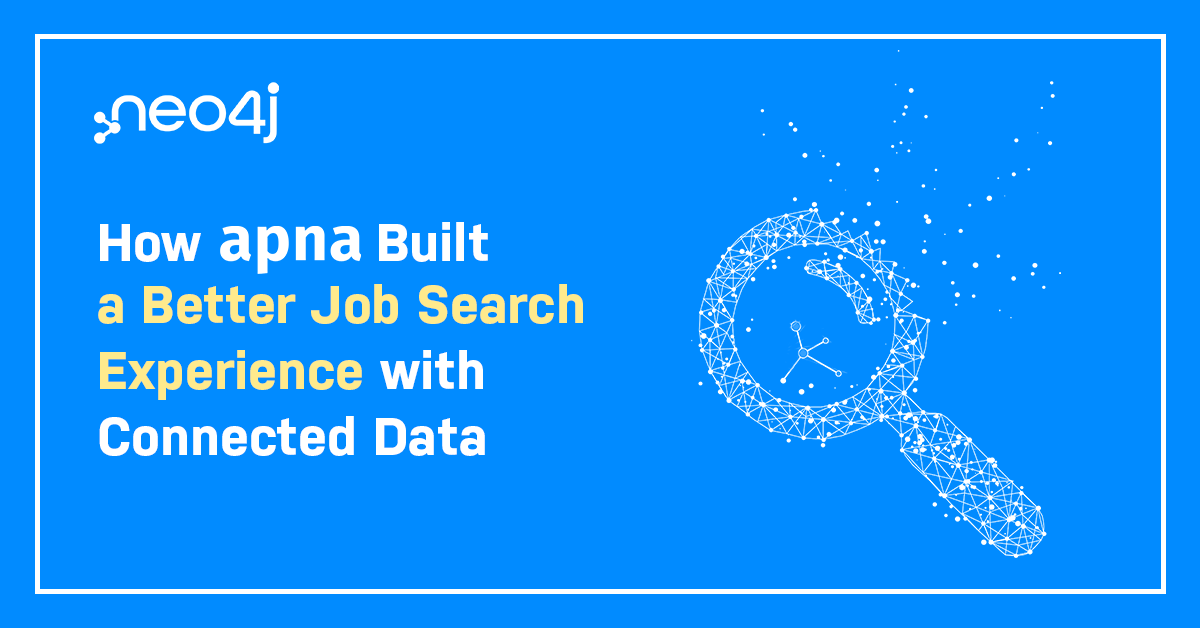Powering Recommendations with a Graph Database: Connect Buyer and Product Data

Chief Scientist, Neo4j
4 min read

Effective recommendations increase revenue and drive up average order value. But delivering highly relevant, real-time recommendations requires as much context as possible. Connecting the user to the perfect recommendation is an art.
In this three-part series, we explore using recommendations to support use cases from online commerce to logistics. This week, we’ll explain why a graph database is a natural fit for delivering relevant, real-time recommendations.
“You May Also Like…”
Product recommendations help businesses maximize their online revenue.
It requires advanced technology, but this is now available off the shelf and is already being used by Walmart and other market leaders.
“You may also like” is a deceptively simple phrase that encapsulates a new era in customer relationship management. In offering tailored suggestions, businesses maximize the value they deliver by providing highly targeted, real-time product recommendations to their online consumers.
The ability to make compelling offers requires a new generation of technology. That technology must capture the customer’s buying history and also instantly analyze their current choices, before immediately matching them to the most appropriate product recommendations. And all of this analysis must be done in real time before the customer moves to a competitor’s website.
The key technology in enabling real-time recommendations is the graph database, a technology that is quickly leaving traditional relational databases (RDBMS) behind. Graph databases easily outperform relational and other NoSQL data products for connecting masses of buyer and product data (and connected data, in general) to gain insight into customer needs and product trends.
Significantly, graph databases are a core technology platform of internet giants like Google, Facebook and LinkedIn. But while those pioneers had to build their own in-house data stores from scratch, off-the-shelf graph databases – especially Neo4j
– are now available to any business wanting to make the most of real-time recommendations.
“We found Neo4j to be literally thousands of times faster than our prior MySQL solution, with queries that require 10-100 times less code. Today, Neo4j provides eBay with functionality that was previously impossible.” – Volker Pacher, Senior Developer, eBay
The profit and productivity improvements graph databases offer over relational systems are astounding.
Graph Databases: An Uncontroversial Choice
eBay
is not alone in selecting an off-the-shelf graph database like Neo4j as a core platform for business-critical systems.
Neo4j is the world’s most popular graph database, according to database monitoring site DB-Engines. Graph databases are growing in popularity faster than any other type of database – by around 250% since last year alone. The DB-Engines authors noted excitedly that “graph databases are grabbing an ever-larger slice of developers’ attention. If you haven’t used them yet, perhaps it’s time to have a closer look.”
The key to understanding graph database systems is that they give equal prominence to storing both the data (customers, products, categories) and the relationships between them (who bought what, who “likes” whom, which purchase happened first). In a graph database, you don’t have to live with the semantically poor data model and expensive, unpredictable JOINs from the relational database world.
Instead, graph databases support many named, directed relationships between entities (or nodes) that give a rich semantic context for the data.
And queries are super-fast since there is no JOIN penalty. This makes graph databases especially suited to formulating recommendations, because making the best recommendations – and maximizing value – involve more than simply offering products because they are best sellers.
Best sellers can be a successful part of a recommendation, but they are one which – by their nature – are an aggregate picture of all customers. Nowadays, customers expect finely-tuned recommendations in the longtail and they react poorly to one-size-fits-all suggestions.
Real-time recommendations require the ability to understand the customer’s past purchases, quickly query this data and match the customer to the people who are the closest match to them both in their social network and in buying patterns.
To make real-time recommendations also requires the ability to instantly capture any new interests shown in the customers’ current visit. Matching historical and session data like this is trivial for Neo4j.
Conclusion
Today’s users expect highly personalized recommendations. Delivering smart recommendations drives engagement – and gives you even more input to improve your recommendations and continue to engage your users.
The only way to craft truly personalized promotions or product recommendations – that consider past buying history and current session data – is to use graph technology to power your recommendation engine.
Next week, we’ll delve into the business benefits of using graph technology and explore why leaders like Walmart and eBay have chosen Neo4j for real-time recommendations.
See how leading companies are using Neo4j drive personalization at scale with this white paper, Powering Recommendations with a Graph Database. Click below to get your free copy.








